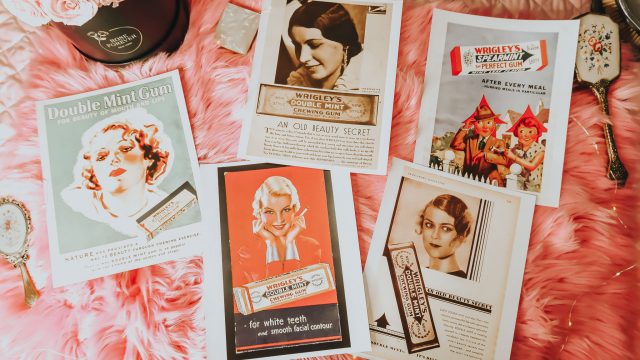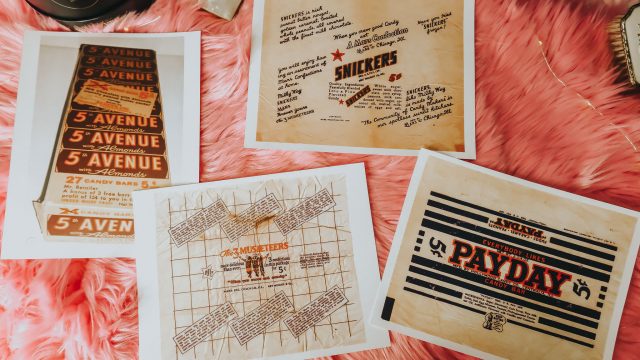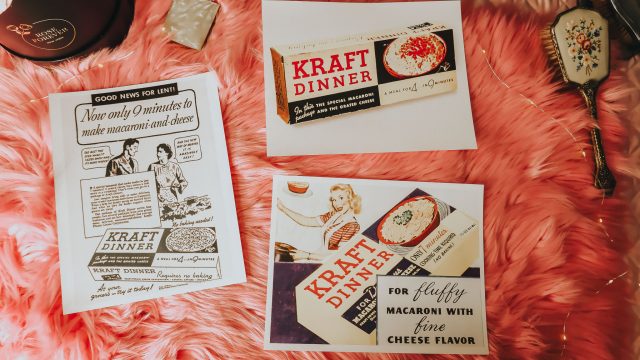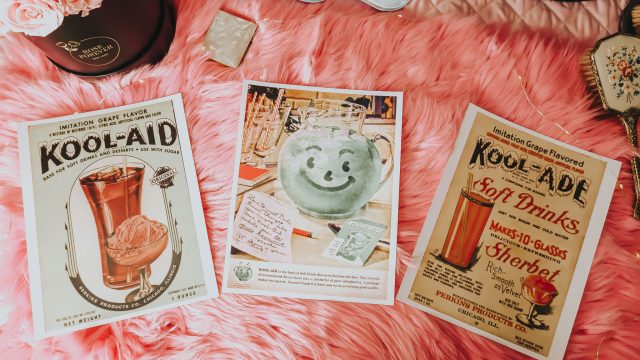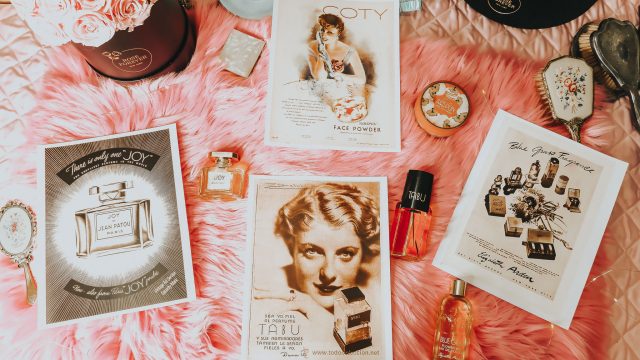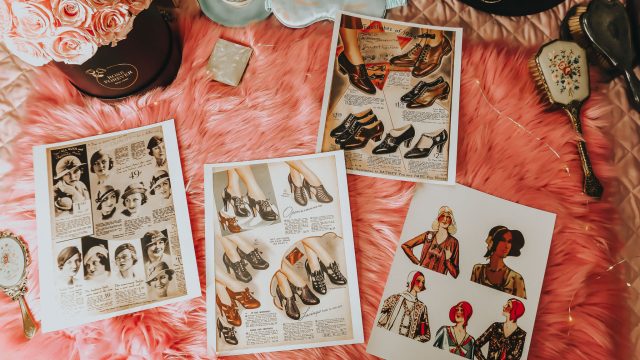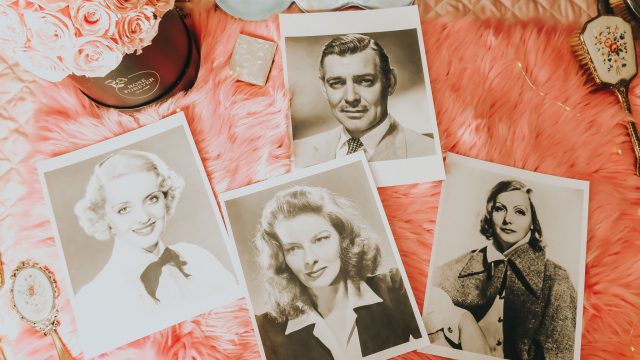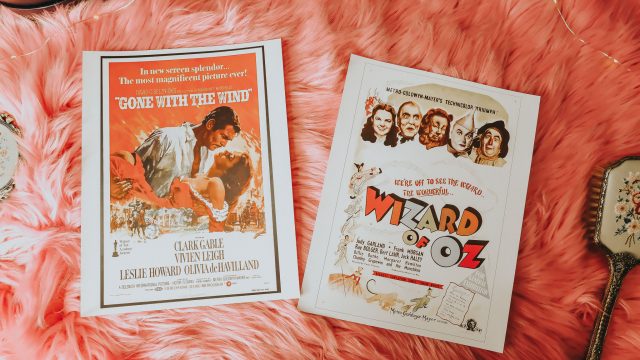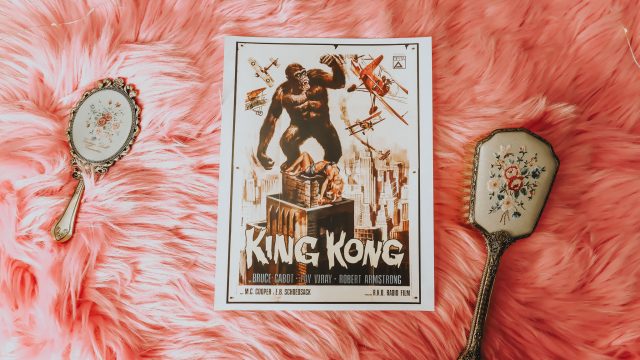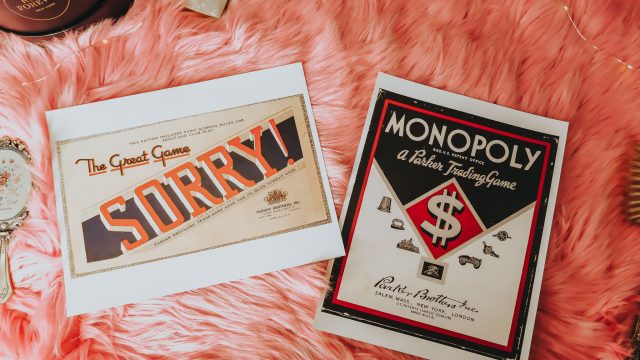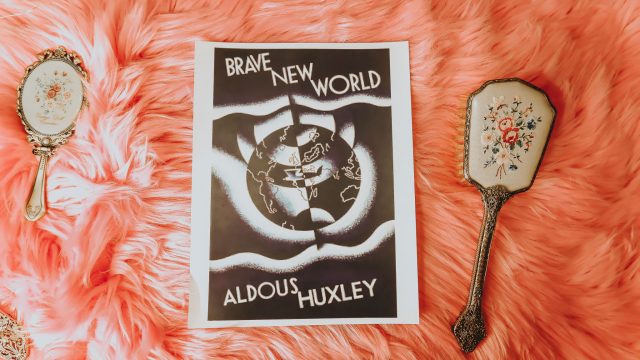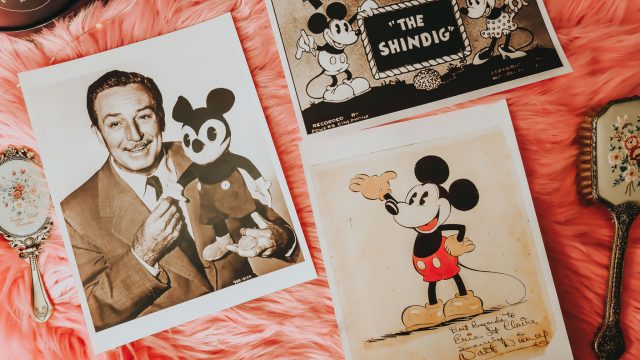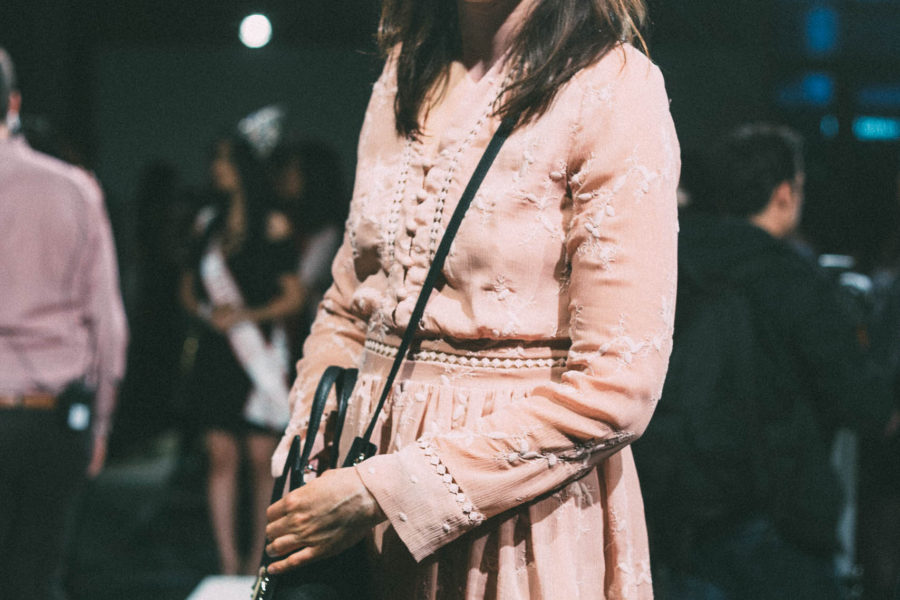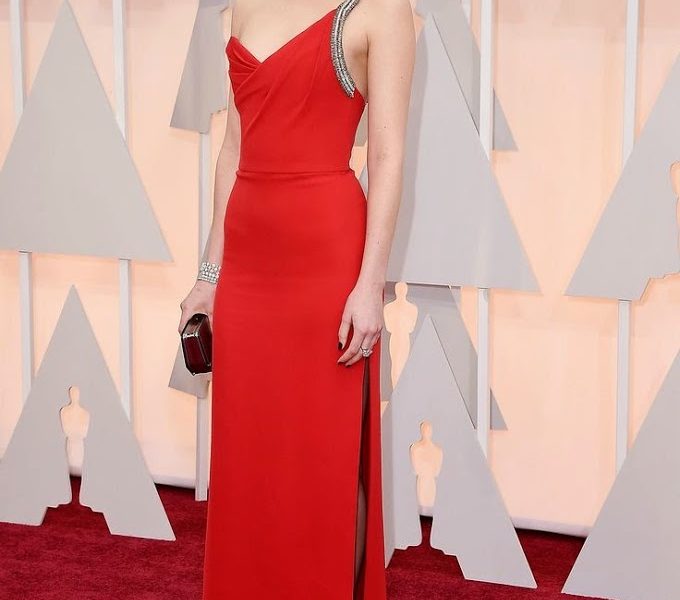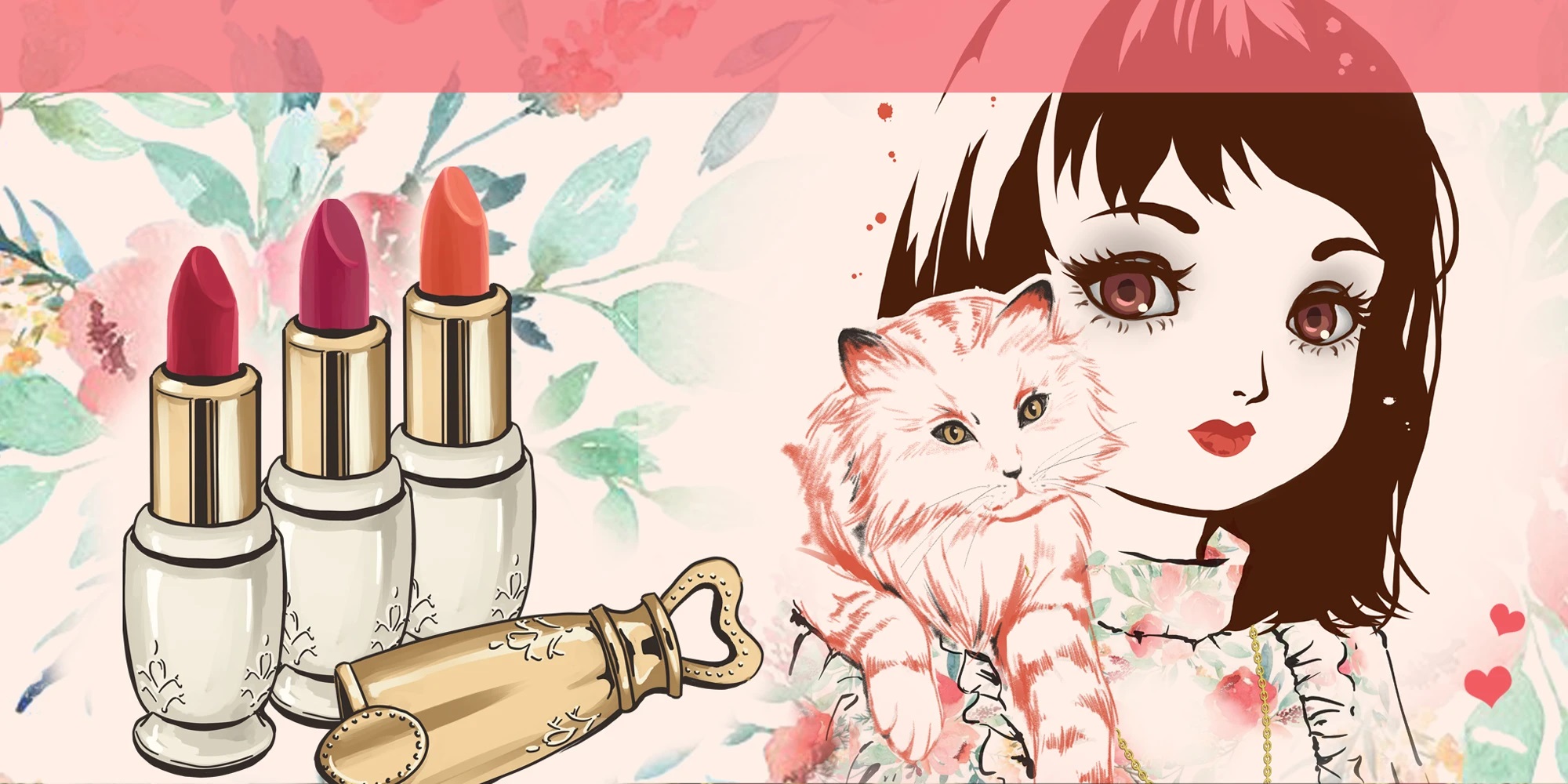Hello lovelies, today I will be discussing shocking pop culture trends from the 1930s.
The decade was defined by a global economic and political crisis that culminated in the Second World War. It saw the international financial system collapse, beginning with the Wall Street Crash of 1929, the largest stock market crash in American history, and an economic downfall called the Great Depression that had a traumatic effect worldwide, leading to widespread unemployment and poverty, especially in the United States. The Dust Bowl (which gives the nickname the Dirty Thirties) in the United States further emphasized the scarcity of wealth. Herbert Hoover worsened the situation with his failed attempt to balance the budget by taxes. Franklin D. Roosevelt was elected, as a response, in 1933, and introduced the New Deal.
The 1930s Pop Culture Trends:
Mickey Mouse:
The Mickey Mouse comic strip debuts on January 13, 1930, edition of the New York Mirror.
Popular 1930s movies:
Gone with the Wind wins the Academy Award for “Best Picture” in 1939.
1930 marks the beginning of what is considered the “golden age” of Hollywood, which lasted through the 1940s. The year 1939, in particular, was one of the most significant years (and is still considered one of the greatest years) in Hollywood with M.G.M.’s release of Gone with the Wind and The Wizard of Oz.
“King Kong” (1933)
A scene from the film ‘King Kong’ with the giant gorilla astride a Manhattan skyscraper grabbing a passing aeroplane. The stop-motion animation was revolutionary at the time and has held up across the decades, influencing generations of filmmakers and special effects in the process.
Popular 1930s Movie Stars:
GRETA GARBO
Already a star in a dozen silent films of the 1920s in films like The Temptress, Greta Garbo made the transition to talkies with 1930’s Anna Christie where the promotional posters declared: Garbo Talks!. Throughout the rest of the decade, Garbo solidified her legendary status in classics like Grand Hotel, The Painted Veil. At the height of her fame, at the age of 35, Garbo retired from acting following 1941’s Two-Faced Woman. She never appeared in another film, living the remaining 50 years of her life out of the public eye until her death in 1990 at the age of 85.
JEAN HARLOW
Arguably Hollywood’s first bonafide sex symbol, Jean Harlow (aka The Blonde Bombshell), burst on the scene in Howard Hughes’ Hell’s Angels, followed by her appearances with James Cagney in The Public Enemy and Clark Gable in the controversial Red Dust. Harlow and Gable would continue as a major box office duo in such films as Hold Your Man, China Seas and Wife Versus Secretary. Tragically, Harlow died of kidney failure at the age of 26 in 1937 during Saratoga’s filming (also starring her close friend Gable). The film was completed using stand-ins for the late actress and was released less than two months after her death and became the most successful film of Harlow’s short career.
CLARK GABLE
This Hollywood icon began his ascent to legendary status in the steamy and controversial 1932 Red Dust—one of six films Clark Gable made with our 1931 selection, Jean Harlow. By the end of the 1930s, Gable was the inarguable King of Hollywood after a massive string of box office successes that spanned the genre spectrum, including Mutiny on the Bounty, San Francisco, and, of course, Gone with the Wind. The Academy Award-winning actor’s final film, The Misfits, with Marilyn Monroe, was released three months after his death in November of 1960. Gable was 59.
KATHARINE HEPBURN
A true Hollywood legend, Katharine Hepburn made her film debut in 1932 with John Barrymore in A Bill of Divorcement and was immediately lavished with praise by the critics. The following year she hit major stardom that never abated over the next 60 years with Little Women, Christopher Strong and Morning Glory, for which she won the first of her four Academy Awards. A very select list of her classic films includes Stage Door, Bringing Up Baby, The Philadelphia Story, Adam’s Rib and The African Queen. Hepburn passed in 2003 at the age of 96.
BETTE DAVIS
A workhorse of an actress beginning in 1931, Bette Davis appeared in nearly 20 films before receiving mass acclaim for her role in 1934’s Of Human Bondage (just one of six films she appeared in that year, including Fog Over Frisco). Davis died in 1989 at the age of 81.
Popular 1930s Music:
Some of the most classic songs from the 1930s were: In The Mood, God Bless America, Over The Rainbow, Silent Night, Minnie the Moocher, Strange Fruit and Stormy Weather.
Popular Board Games:
The board game Monopoly, published by the Parker brother in 1935, was a popular favourite. Another popular game was Sorry!, which was adopted by the Parker brothers in 1934.
Popular 1930s Books:
Brave New World is a dystopian social science fiction novel by English author Aldous Huxley, written in 1931 and published in 1932.
John Steinbeck, The Grapes of Wrath (1939)
Steinbeck’s most famous—if not most parodied—novel won the National Book Award and the Pulitzer Prize in the year of its release. “I’m trying to write history while it is happening, and I don’t want it to be wrong,” Steinbeck wrote of the novel.
Popular Design Style:
In the 1930s, during the Great Depression, Art Deco became more subdued. New materials arrived, including chrome plating, stainless steel, and plastic. A sleeker form of the style, called Streamline Moderne, appeared in the 1930s; it featured curving forms and smooth, polished surfaces.
Popular Candy Bars:
5th Avenue Candy Bar
This lavish old fashioned Candy bar came out in 1936. William H. Luden Invented it. 5th Avenue is made of layers of pleasant, crunchy peanut butter that is enrobed in creamy milk chocolate.
Payday Candy Bar
This distinctive candy bar came out in 1932. Although the Payday Candy Bar does not include any chocolate, it’s absence is not missed. The Payday Candy bar is fully loaded with crunchy, salted peanuts rolled in caramel that surrounds a firm like a nougat center.
3 Musketeers Bar
The 3 Musketeers Bar is an old-fashioned, favourite candy bar. It’s been feeding the likes of all those fluffy, nougat and chocolate fans for generations now! This retro candy bar came out in 1932.
Snickers Candy Bar
Introduced in precisely 1930, the Snickers Candy Bar is an old-fashioned candy bar that has been feeding our chocolate cravings for generations!
Popular Food:
Spam is a brand of canned cooked pork made by Hormel Foods Corporation. It was introduced by Hormel in 1937 and gained popularity worldwide after its use during World War II.
Kraft Dinner
Kraft, which introduced its mac and cheese in 1937, sold 8 million boxes during its first year. Each box contained four servings, making it a cheap meal that was easy to make.
Kool-Aid
Edwin Perkins invented Kool-Aid in Hastings, Nebraska. All of his experiments took place in his mother’s kitchen. Its predecessor was a liquid concentrate called Fruit Smack. To reduce shipping costs, in 1927, Perkins discovered a way to remove the liquid from Fruit Smack, leaving only a powder; This powder was named Kool-Aid.
Twinkie
Twinkies were invented in Schiller Park, Illinois, on April 6, 1930, by James Alexander Dewar, a Canadian-born baker for the Continental Baking Company.
Bisquick
According to General Mills, Bisquick was invented in 1930 after one of their top sales executives met an innovative train dining car chef on a business trip.
Popular Drinks:
The French 75:
How can you go wrong with Champagne? The Savoy Cocktail Book published a recipe in 1930 for this classic cocktail that calls for gin, lemon juice, simple syrup and some bubbles.
Popular Perfumes In The 1930s
Fragrances that were popular in the 1930s included Tabu by Dana, which was launched in 1932 and Je Reviens by House of Worth, both of which remain available today.
In 1934 Elizabeth Arden developed Blue Grass.
The most notable perfume of the 1930s was Joy by Jean Patou, which was voted Scent of the 20th Century at the Fragrance Foundation FiFi awards 2000. It was created in 1929, and even though it was marketed as ‘the world’s most expensive perfume,’ it was a huge hit. It is considered to be one of the most fabulous floral fragrances of all time.
Beauty Trends:
Chew Wrigley’s Gum:
If chewing gum marked a woman as lower class, how could fashionable women be persuaded to buy it? In 1930, the Wrigley Company decided to tackle that problem with an advertising campaign in fashion magazines.
Coty Face Powder:
François Coty was a French perfumer, businessman, newspaper publisher, politician. Coty also invented the idea of a fragrance set, a gift box containing identically scented items, such as a perfume and matching powder, soap, cream. His most popular product was his Air-spun face powder, launched in 1934.
1930s Fashion Trends:
- Midi length bias-cut dresses, puff sleeves, belted waists and large yokes or collars.
- Old Hollywood evening gowns – backless, sleeveless, long bias-cut dresses.
- High waisted sailor pants and wide-leg beach pyjamas.
- Casual sports clothes — skirt-like shorts, striped knit shirts.
- Slouch hats, tilt hats, knit berets.
- Fur collar winter coats.
- Oxford shoes with perforated details and evening T-strap heels


